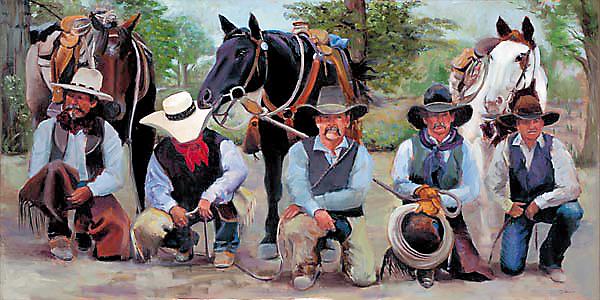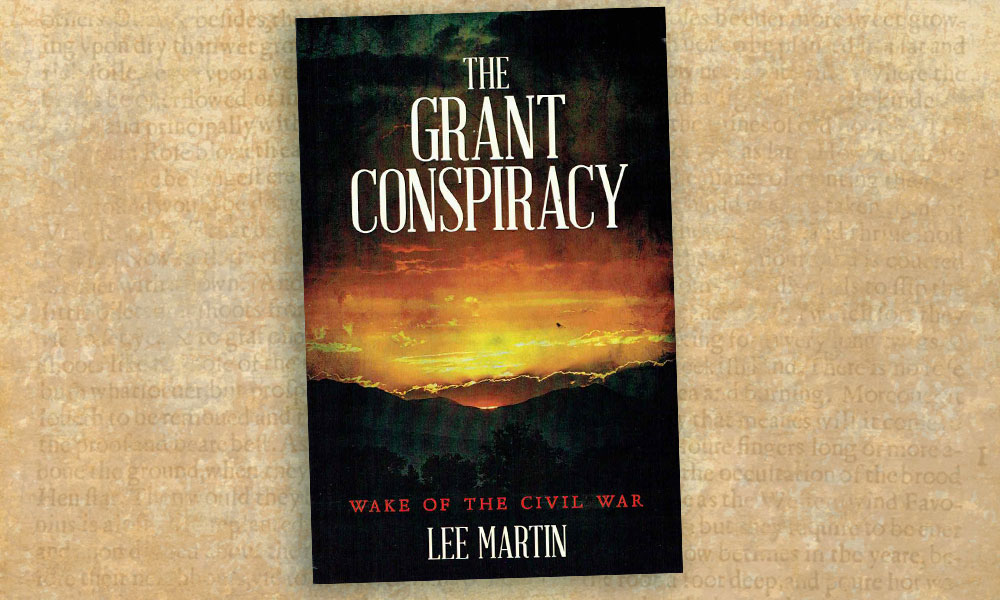 Abraham Lincoln created the Arizona Territory in 1863, separating the future 48th state from the Territory of New Mexico. Fort Whipple, near what is now Prescott, became the first territorial capital.
Abraham Lincoln created the Arizona Territory in 1863, separating the future 48th state from the Territory of New Mexico. Fort Whipple, near what is now Prescott, became the first territorial capital.
Henry Wickenburg uncovered a gold bonanza in the Bradshaw Mountains the following year and established the extremely lucrative Vulture Mine, south of Prescott and east of Cave Creek. When the word got out, gold seekers poured into central Arizona. In 1865, the U.S. Army established Camp McDowell about 18 miles from the future town site of Cave Creek to protect the outnumbered miners and ranchers from the marauding Tonto Apaches. The Army identified and named Cave Creek by 1866. Phoenix and Cave Creek credit their establishment and initial survival to this seminal fort.
Yet getting to Fort Whipple from Camp McDowell was arduous and circuitous. The cavalry initially headed the opposite direction—toward present-day Phoenix—made a loop and then headed north to Fort Whipple. In 1870, the commanding officer of the Arizona army, Col. George Stoneman, learned of a potential shortcut to the capital—an American Indian trail with a flowing creek, at least two natural springs and an abundance of tall grass to feed horses. This shortcut eventually became the town of Cave Creek.
Along that flowing creek is a bandshell-shaped cavern that’s about 60 feet wide, high and deep. The Apaches felt this cave was a secure place to store food and to erect their wickiups. Christmas morning, 1873, proved to be devastating for the awakening Apaches. The cavalry, on the hunt for Apaches who had left the reservation, opened fire on them, leaving nine Apaches dead, including their chief, Nanotz. The calvary torched much of the Apaches’ essential winter food supply. The cavalry’s mantra of “surrender or starve” had been duly executed.
What a decade that turned out to be for Cave Creek—from prospectors with dreams of gold rush riches to a Christmas Day massacre. But thankfully Cave Creek grew up to become less fraught with danger and more a place where folks could horse around, starting in the 1930s and still true to this day.
Kraig Nelson is the docent at the Cave Creek Museum in Cave Creek, Arizona.
Photo Gallery
.
One Cave Creek cowboy who had been riding the range for 14 years found himself unemployed. Lon Megargee turned to painting—it was either that or hunt mountain lions for bounty. He started as a commercial artist and eventually painted Western art. Several of his works hang in the Arizona State Capitol; shown here is his A Cowboy’s Dream created for A-1 Beer.
– Courtesy Herman Dickson of A-1 Beer Prints –
Chief of Scouts Al Sieber.
– True West Archives –
Ted and China Loring (inset, from left), owners of the Rancho Mañana dude ranch (above), fire up an early morning cookout at the foot of the Seven Sisters hilltops with a man simply known as “Cowboy” in this 1948 photo. Today, Tonto Bar & Grill, on the grounds of the former ranch, honors indigenous traditions by incorporating American Indian philosophy into its cuisine and ambiance.
– Courtesy Tonto Bar & Grill at Rancho Mañana –
Hey Bonanza fans, Cave Creek has its own version of the Cartwright family. Reddick “Red” Cartwright, his wife and their 10 children arrived in Arizona, in 1876, via the Oregon Trail. By 1887, Red and his son, Jackson, had established the Cartwright Ranch, northeast of Cave Creek. Jackson’s son, Jack Jr., took over the ranching empire until he turned it over to his son. By the time the Cartwright Ranch was sold in 1980, the ranch had grown to 65,000 acres with more than 5,600 head of cattle! Today, one of Cave Creek’s signature restaurants, Cartwright’s Sonoran Ranch House, is named in honor of the family and the spirit of Arizona’s ranching days.
– Courtesy Cartwright Family –
Catherine “Cattle Kate” Jones wasn’t interested in shuffleboard and golf when she hit retirement age. This picture taken in the 1960s—when Jones was well into her 70s—shows the Cahava Ranch owner with a weapon at her side and still on duty as Cave Creek’s deputy sheriff.
A group of men and women have their pickaxes at the ready in the Black Mountain’s Mormon Girl Mine. Silver and copper were both extracted there, but the real treasure was the abundance of gold. The mine—pictured here in 1902—opened in the 1880s and was active until the 1960s.
In 1900, James D. Houck bought a ranch near what is now Rancho Mañana. It was there that he grew his sheep-shearing business into one of the most flourishing enterprises of the area during that time. Business was so good, Houck earned the moniker “Cave Creek King.” In this 1904 picture, people believed to be Houck’s employees have parked their freight wagon outside the shearing business.
This piece by Marless Fellows is based on the modern-day cowboys you can still see on the streets of Cave Creek.
– Courtesy Saddle Up Gallery –
One way or another, these men were bound and determined to get this stubborn burro on the move through Cave Creek.
– All images courtesy Cave Creek Museum unless otherwise noted –
















